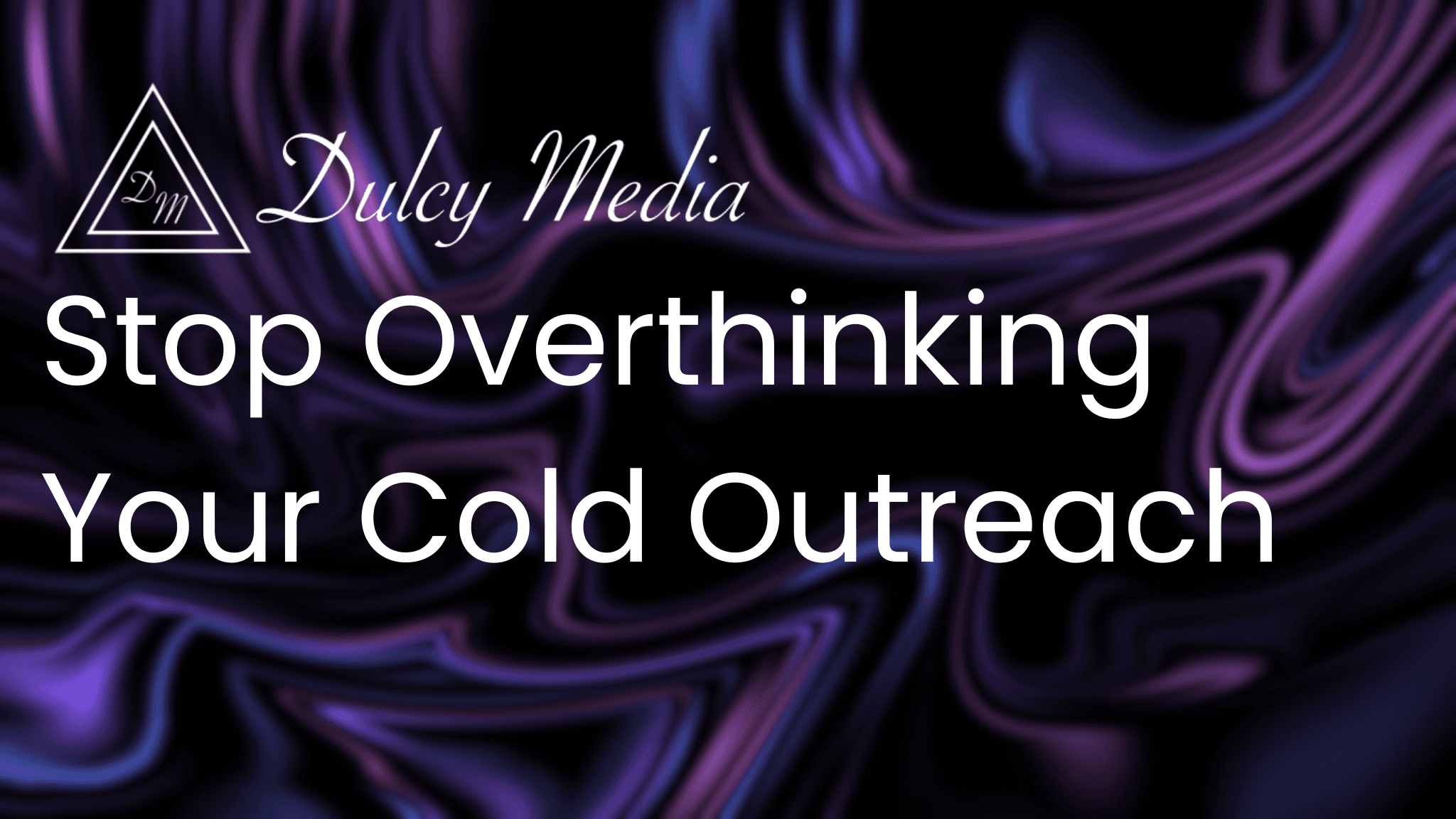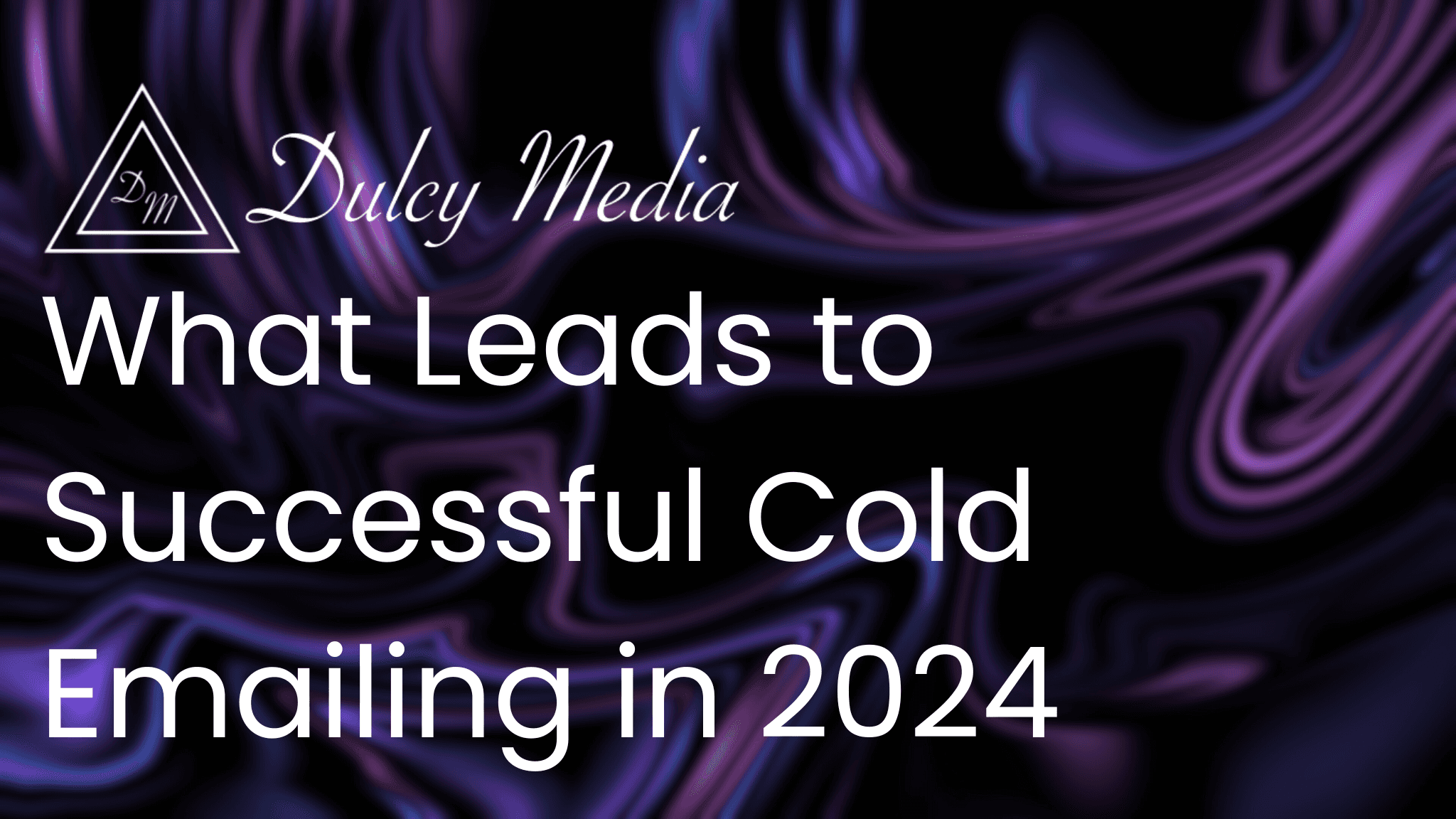Hyper-Personalization vs. Volume: What's Better?
September 1, 2024
By
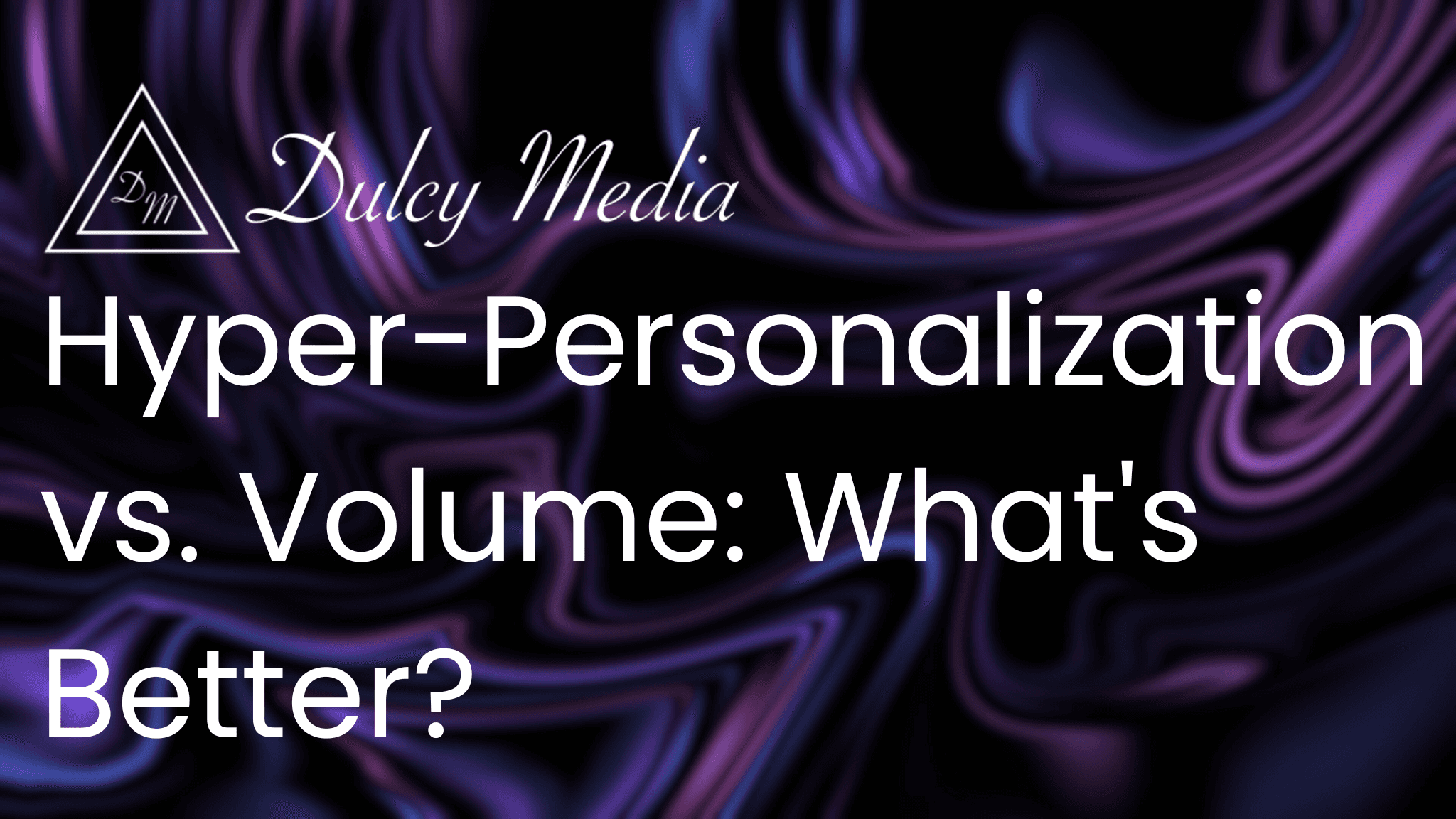


In the ever-evolving landscape of B2B marketing, cold emailing remains a powerful tool for generating sales calls and acquiring new clients. However, one of the biggest debates in this realm is the approach: hyper-personalization vs. volume. Both strategies have their champions and their critics, and each offers unique advantages. As a B2B service-based business aiming to optimize your cold email campaigns, understanding these two approaches can significantly impact your success.
What is Hyper-Personalization?
Hyper-personalization in cold emailing involves crafting highly tailored emails that speak directly to the individual recipient's needs, preferences, and behaviors. This approach goes beyond simply addressing the recipient by their first name. It involves detailed research and data analysis to create messages that resonate deeply with the recipient.
The Benefits of Hyper-Personalization
Higher Engagement Rates: According to Campaign Monitor, emails with personalized subject lines are 26% more likely to be opened.
Better Conversion Rates: Personalized emails deliver 6x higher transaction rates than non-personalized emails.
Enhanced Customer Experience: When recipients feel understood and valued, their overall experience with your brand improves, fostering loyalty and trust.
The Drawbacks of Hyper-Personalization
Time-Consuming: Crafting personalized emails requires significant time and effort, especially when dealing with large lists.
Scalability Issues: Hyper-personalization is challenging to scale. The more personalized the approach, the harder it is to reach a broader audience efficiently.
What is the Volume Approach?
The volume approach involves sending a large number of emails to a broad audience. The idea is that the more people you reach out to, the higher the chances of finding potential clients. This approach relies on quantity over quality, aiming to cast a wide net.
The Benefits of Volume
Broader Reach: By contacting more people, you increase the chances of finding potential clients.
Cost-Effective: Once the initial setup is complete, sending bulk emails is generally more cost-effective than highly personalized campaigns.
Data Collection: High-volume campaigns generate vast amounts of data, which can be analyzed to improve future strategies.
The Drawbacks of Volume
Lower Engagement Rates: Generic emails are less likely to be opened and engaged with, leading to lower conversion rates.
Higher Unsubscribe Rates: Recipients may mark bulk emails as spam or unsubscribe if they find them irrelevant.
Risk of Reputation Damage: Sending too many emails can harm your sender reputation, affecting deliverability rates.
When to Use Hyper-Personalization
Hyper-personalization is ideal when dealing with a smaller, highly targeted list. If you have identified key prospects who are more likely to convert, investing time in creating personalized messages can yield higher returns. This approach works best in the following scenarios:
High-Value Prospects: When the potential client represents significant value, personalization can help build a strong connection.
Niche Markets: In specialized industries, personalized emails can demonstrate your understanding and expertise.
Relationship Building: When the goal is to build long-term relationships, personalized communications can lay a solid foundation.
When to Use Volume
The volume approach is effective when you need to reach a large audience quickly. It's particularly useful in the following scenarios:
Brand Awareness: For new businesses or products, reaching out to a broad audience helps increase visibility.
Broad Target Market: When your product or service appeals to a wide range of businesses, volume can help you find interested prospects.
Lead Generation: High-volume campaigns can generate a significant number of leads, which can then be nurtured through personalized follow-ups.
Segmentation
Segmentation allows you to divide your email list into smaller groups based on specific criteria. This way, you can combine the benefits of both hyper-personalization and volume. For example, you can create semi-personalized emails for each segment, making the messages more relevant without investing as much time as full personalization would require.
Automation Tools
Leverage automation tools to personalize at scale. Tools like Mailshake and Yesware can insert personalized elements into your emails without requiring manual effort for each message. This approach lets you maintain a high volume while adding a touch of personalization.
Testing and Optimization
A/B testing is crucial for both approaches. Test different subject lines, email content, and calls to action to see what resonates best with your audience. Use the data collected to optimize your campaigns continually.
Hyper-Personalization Success Story
A marketing agency working with a small list of high-value prospects decided to invest in hyper-personalization. They researched each prospect thoroughly, tailoring the email content to their specific needs and interests. The result? A 30% increase in booked calls that month. The personalized approach made the prospects feel valued, leading to higher engagement and more closed deals.
Volume Success Story
A SaaS company needed to generate leads quickly. They opted for a high-volume email campaign, reaching out to 20,000 prospects. While the open and response rates were lower compared to personalized campaigns, the sheer volume of emails sent resulted in a significant number of leads. The company then used personalized follow-ups to nurture these leads, ultimately converting many into paying customers.
Conclusion: Which is Better?
The answer to whether hyper-personalization or volume is better depends on your specific goals and resources. For B2B service-based businesses, both approaches have their place.
Hyper-Personalization
Pros: Higher engagement and conversion rates, enhanced customer experience.
Cons: Time-consuming, scalability issues.
Volume
Pros: Broader reach, cost-effective, valuable data collection.
Cons: Lower engagement rates, higher unsubscribe rates, potential reputation damage.
Final Verdict
While hyper-personalization offers impressive results with smaller, targeted lists, the volume approach can be more effective for reaching a broader audience and generating a larger number of leads. Ultimately, a balanced strategy that incorporates elements of both approaches will likely yield the best results. By segmenting your audience, using automation tools, and continually testing and optimizing your campaigns, you can maximize the benefits of both hyper-personalization and volume.
Whether you're aiming for a hyper-personalized touch or a high-volume reach, we're here to help you generate more sales calls and grow your business.
In the ever-evolving landscape of B2B marketing, cold emailing remains a powerful tool for generating sales calls and acquiring new clients. However, one of the biggest debates in this realm is the approach: hyper-personalization vs. volume. Both strategies have their champions and their critics, and each offers unique advantages. As a B2B service-based business aiming to optimize your cold email campaigns, understanding these two approaches can significantly impact your success.
What is Hyper-Personalization?
Hyper-personalization in cold emailing involves crafting highly tailored emails that speak directly to the individual recipient's needs, preferences, and behaviors. This approach goes beyond simply addressing the recipient by their first name. It involves detailed research and data analysis to create messages that resonate deeply with the recipient.
The Benefits of Hyper-Personalization
Higher Engagement Rates: According to Campaign Monitor, emails with personalized subject lines are 26% more likely to be opened.
Better Conversion Rates: Personalized emails deliver 6x higher transaction rates than non-personalized emails.
Enhanced Customer Experience: When recipients feel understood and valued, their overall experience with your brand improves, fostering loyalty and trust.
The Drawbacks of Hyper-Personalization
Time-Consuming: Crafting personalized emails requires significant time and effort, especially when dealing with large lists.
Scalability Issues: Hyper-personalization is challenging to scale. The more personalized the approach, the harder it is to reach a broader audience efficiently.
What is the Volume Approach?
The volume approach involves sending a large number of emails to a broad audience. The idea is that the more people you reach out to, the higher the chances of finding potential clients. This approach relies on quantity over quality, aiming to cast a wide net.
The Benefits of Volume
Broader Reach: By contacting more people, you increase the chances of finding potential clients.
Cost-Effective: Once the initial setup is complete, sending bulk emails is generally more cost-effective than highly personalized campaigns.
Data Collection: High-volume campaigns generate vast amounts of data, which can be analyzed to improve future strategies.
The Drawbacks of Volume
Lower Engagement Rates: Generic emails are less likely to be opened and engaged with, leading to lower conversion rates.
Higher Unsubscribe Rates: Recipients may mark bulk emails as spam or unsubscribe if they find them irrelevant.
Risk of Reputation Damage: Sending too many emails can harm your sender reputation, affecting deliverability rates.
When to Use Hyper-Personalization
Hyper-personalization is ideal when dealing with a smaller, highly targeted list. If you have identified key prospects who are more likely to convert, investing time in creating personalized messages can yield higher returns. This approach works best in the following scenarios:
High-Value Prospects: When the potential client represents significant value, personalization can help build a strong connection.
Niche Markets: In specialized industries, personalized emails can demonstrate your understanding and expertise.
Relationship Building: When the goal is to build long-term relationships, personalized communications can lay a solid foundation.
When to Use Volume
The volume approach is effective when you need to reach a large audience quickly. It's particularly useful in the following scenarios:
Brand Awareness: For new businesses or products, reaching out to a broad audience helps increase visibility.
Broad Target Market: When your product or service appeals to a wide range of businesses, volume can help you find interested prospects.
Lead Generation: High-volume campaigns can generate a significant number of leads, which can then be nurtured through personalized follow-ups.
Segmentation
Segmentation allows you to divide your email list into smaller groups based on specific criteria. This way, you can combine the benefits of both hyper-personalization and volume. For example, you can create semi-personalized emails for each segment, making the messages more relevant without investing as much time as full personalization would require.
Automation Tools
Leverage automation tools to personalize at scale. Tools like Mailshake and Yesware can insert personalized elements into your emails without requiring manual effort for each message. This approach lets you maintain a high volume while adding a touch of personalization.
Testing and Optimization
A/B testing is crucial for both approaches. Test different subject lines, email content, and calls to action to see what resonates best with your audience. Use the data collected to optimize your campaigns continually.
Hyper-Personalization Success Story
A marketing agency working with a small list of high-value prospects decided to invest in hyper-personalization. They researched each prospect thoroughly, tailoring the email content to their specific needs and interests. The result? A 30% increase in booked calls that month. The personalized approach made the prospects feel valued, leading to higher engagement and more closed deals.
Volume Success Story
A SaaS company needed to generate leads quickly. They opted for a high-volume email campaign, reaching out to 20,000 prospects. While the open and response rates were lower compared to personalized campaigns, the sheer volume of emails sent resulted in a significant number of leads. The company then used personalized follow-ups to nurture these leads, ultimately converting many into paying customers.
Conclusion: Which is Better?
The answer to whether hyper-personalization or volume is better depends on your specific goals and resources. For B2B service-based businesses, both approaches have their place.
Hyper-Personalization
Pros: Higher engagement and conversion rates, enhanced customer experience.
Cons: Time-consuming, scalability issues.
Volume
Pros: Broader reach, cost-effective, valuable data collection.
Cons: Lower engagement rates, higher unsubscribe rates, potential reputation damage.
Final Verdict
While hyper-personalization offers impressive results with smaller, targeted lists, the volume approach can be more effective for reaching a broader audience and generating a larger number of leads. Ultimately, a balanced strategy that incorporates elements of both approaches will likely yield the best results. By segmenting your audience, using automation tools, and continually testing and optimizing your campaigns, you can maximize the benefits of both hyper-personalization and volume.
Whether you're aiming for a hyper-personalized touch or a high-volume reach, we're here to help you generate more sales calls and grow your business.
In the ever-evolving landscape of B2B marketing, cold emailing remains a powerful tool for generating sales calls and acquiring new clients. However, one of the biggest debates in this realm is the approach: hyper-personalization vs. volume. Both strategies have their champions and their critics, and each offers unique advantages. As a B2B service-based business aiming to optimize your cold email campaigns, understanding these two approaches can significantly impact your success.
What is Hyper-Personalization?
Hyper-personalization in cold emailing involves crafting highly tailored emails that speak directly to the individual recipient's needs, preferences, and behaviors. This approach goes beyond simply addressing the recipient by their first name. It involves detailed research and data analysis to create messages that resonate deeply with the recipient.
The Benefits of Hyper-Personalization
Higher Engagement Rates: According to Campaign Monitor, emails with personalized subject lines are 26% more likely to be opened.
Better Conversion Rates: Personalized emails deliver 6x higher transaction rates than non-personalized emails.
Enhanced Customer Experience: When recipients feel understood and valued, their overall experience with your brand improves, fostering loyalty and trust.
The Drawbacks of Hyper-Personalization
Time-Consuming: Crafting personalized emails requires significant time and effort, especially when dealing with large lists.
Scalability Issues: Hyper-personalization is challenging to scale. The more personalized the approach, the harder it is to reach a broader audience efficiently.
What is the Volume Approach?
The volume approach involves sending a large number of emails to a broad audience. The idea is that the more people you reach out to, the higher the chances of finding potential clients. This approach relies on quantity over quality, aiming to cast a wide net.
The Benefits of Volume
Broader Reach: By contacting more people, you increase the chances of finding potential clients.
Cost-Effective: Once the initial setup is complete, sending bulk emails is generally more cost-effective than highly personalized campaigns.
Data Collection: High-volume campaigns generate vast amounts of data, which can be analyzed to improve future strategies.
The Drawbacks of Volume
Lower Engagement Rates: Generic emails are less likely to be opened and engaged with, leading to lower conversion rates.
Higher Unsubscribe Rates: Recipients may mark bulk emails as spam or unsubscribe if they find them irrelevant.
Risk of Reputation Damage: Sending too many emails can harm your sender reputation, affecting deliverability rates.
When to Use Hyper-Personalization
Hyper-personalization is ideal when dealing with a smaller, highly targeted list. If you have identified key prospects who are more likely to convert, investing time in creating personalized messages can yield higher returns. This approach works best in the following scenarios:
High-Value Prospects: When the potential client represents significant value, personalization can help build a strong connection.
Niche Markets: In specialized industries, personalized emails can demonstrate your understanding and expertise.
Relationship Building: When the goal is to build long-term relationships, personalized communications can lay a solid foundation.
When to Use Volume
The volume approach is effective when you need to reach a large audience quickly. It's particularly useful in the following scenarios:
Brand Awareness: For new businesses or products, reaching out to a broad audience helps increase visibility.
Broad Target Market: When your product or service appeals to a wide range of businesses, volume can help you find interested prospects.
Lead Generation: High-volume campaigns can generate a significant number of leads, which can then be nurtured through personalized follow-ups.
Segmentation
Segmentation allows you to divide your email list into smaller groups based on specific criteria. This way, you can combine the benefits of both hyper-personalization and volume. For example, you can create semi-personalized emails for each segment, making the messages more relevant without investing as much time as full personalization would require.
Automation Tools
Leverage automation tools to personalize at scale. Tools like Mailshake and Yesware can insert personalized elements into your emails without requiring manual effort for each message. This approach lets you maintain a high volume while adding a touch of personalization.
Testing and Optimization
A/B testing is crucial for both approaches. Test different subject lines, email content, and calls to action to see what resonates best with your audience. Use the data collected to optimize your campaigns continually.
Hyper-Personalization Success Story
A marketing agency working with a small list of high-value prospects decided to invest in hyper-personalization. They researched each prospect thoroughly, tailoring the email content to their specific needs and interests. The result? A 30% increase in booked calls that month. The personalized approach made the prospects feel valued, leading to higher engagement and more closed deals.
Volume Success Story
A SaaS company needed to generate leads quickly. They opted for a high-volume email campaign, reaching out to 20,000 prospects. While the open and response rates were lower compared to personalized campaigns, the sheer volume of emails sent resulted in a significant number of leads. The company then used personalized follow-ups to nurture these leads, ultimately converting many into paying customers.
Conclusion: Which is Better?
The answer to whether hyper-personalization or volume is better depends on your specific goals and resources. For B2B service-based businesses, both approaches have their place.
Hyper-Personalization
Pros: Higher engagement and conversion rates, enhanced customer experience.
Cons: Time-consuming, scalability issues.
Volume
Pros: Broader reach, cost-effective, valuable data collection.
Cons: Lower engagement rates, higher unsubscribe rates, potential reputation damage.
Final Verdict
While hyper-personalization offers impressive results with smaller, targeted lists, the volume approach can be more effective for reaching a broader audience and generating a larger number of leads. Ultimately, a balanced strategy that incorporates elements of both approaches will likely yield the best results. By segmenting your audience, using automation tools, and continually testing and optimizing your campaigns, you can maximize the benefits of both hyper-personalization and volume.
Whether you're aiming for a hyper-personalized touch or a high-volume reach, we're here to help you generate more sales calls and grow your business.
Recent Blogs
Recent Blogs
Recent Blogs
We share a blog post weekly
We share a blog post weekly
Still weighing your options?
Let's set up a free outbound strategy audit. We'll review your business, discuss acquisition strategies, and share outreach ideas. Worst case, you walk away with invaluable advice; best case, we fill your calendar with a series of new sales opportunities.
Get A Free Outbound Audit
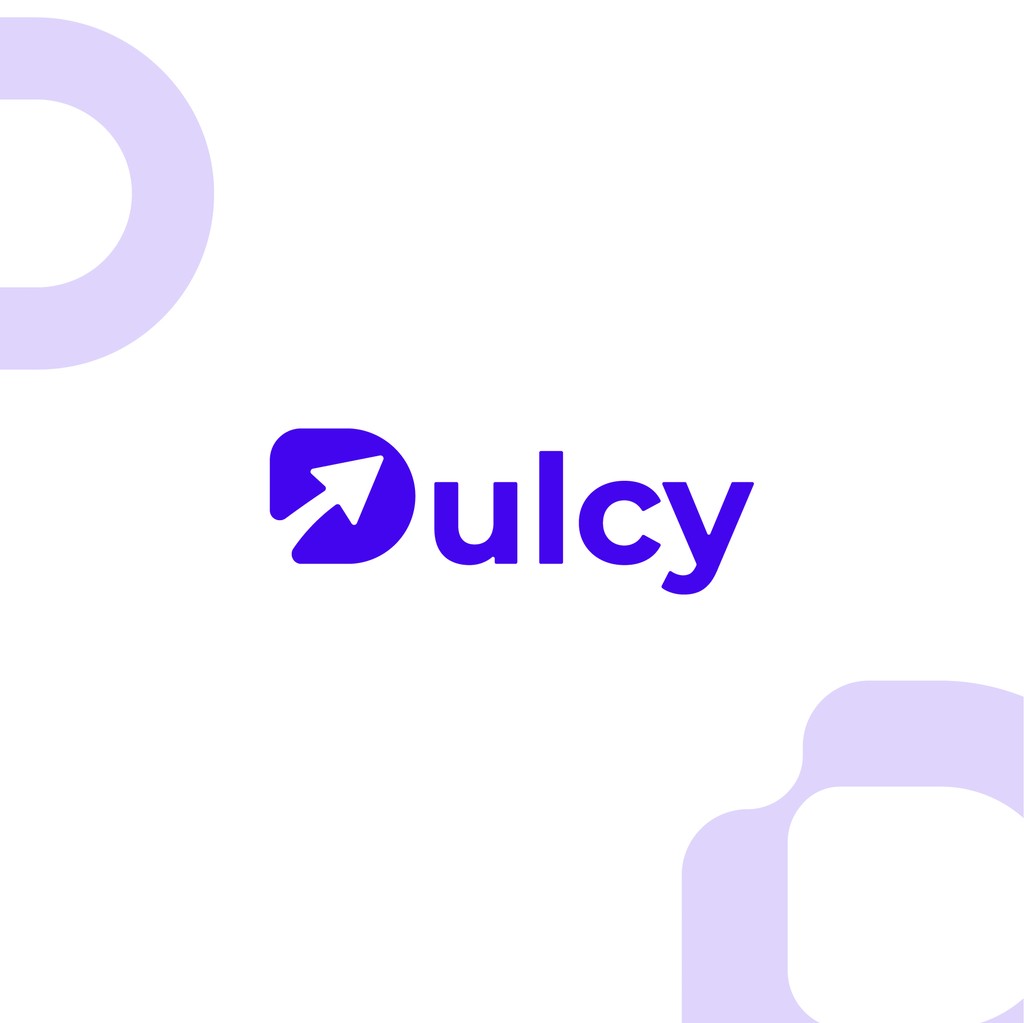
Still weighing your options?
Let's set up a free outbound strategy audit. We'll review your business, discuss acquisition strategies, and share outreach ideas. Worst case, you walk away with invaluable advice; best case, we fill your calendar with a series of new sales opportunities.
Get A Free Outbound Audit

Still weighing your options?
Let's set up a free outbound strategy audit. We'll review your business, discuss acquisition strategies, and share outreach ideas. Worst case, you walk away with invaluable advice; best case, we fill your calendar with a series of new sales opportunities.
Get A Free Outbound Audit

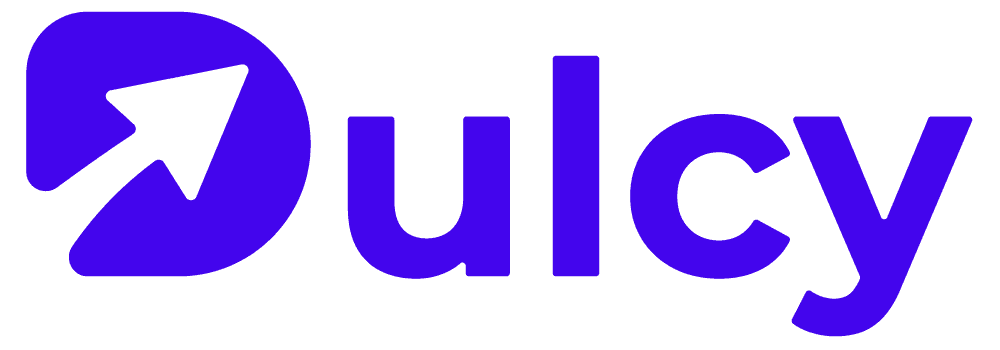
Dulcy is an agency focused on helping B2B service-based companies acquire more sales opportunities through outbound outreach.
Copyright © 2024 Dulcy Media, LLC - All Rights Reserved.

Dulcy is an agency focused on helping B2B service-based companies acquire more sales opportunities through outbound outreach.
Copyright © 2024 Dulcy Media, LLC - All Rights Reserved.

Dulcy is an agency focused on helping B2B service-based companies acquire more sales opportunities through outbound outreach.
Copyright © 2024 Dulcy Media, LLC - All Rights Reserved.
